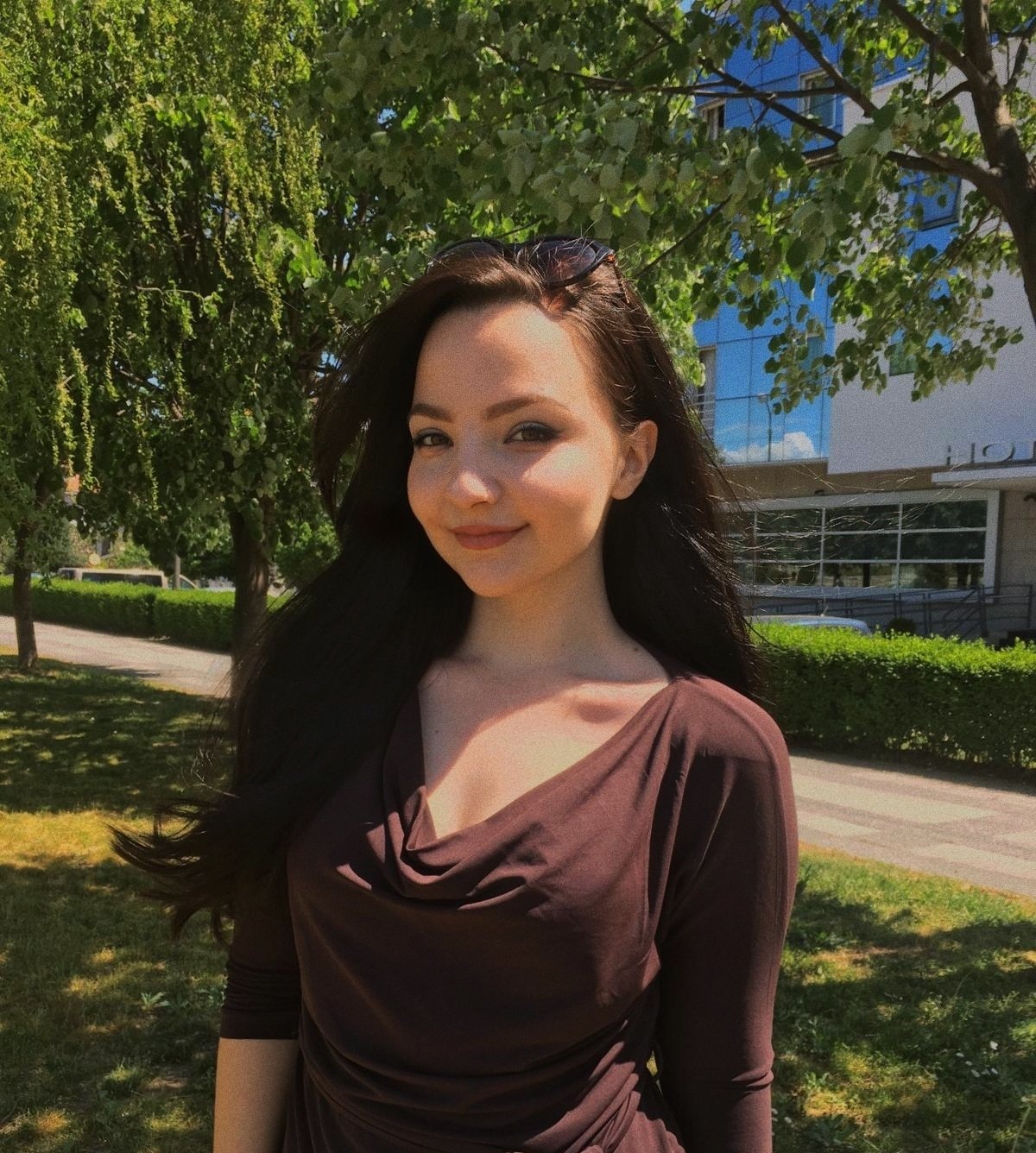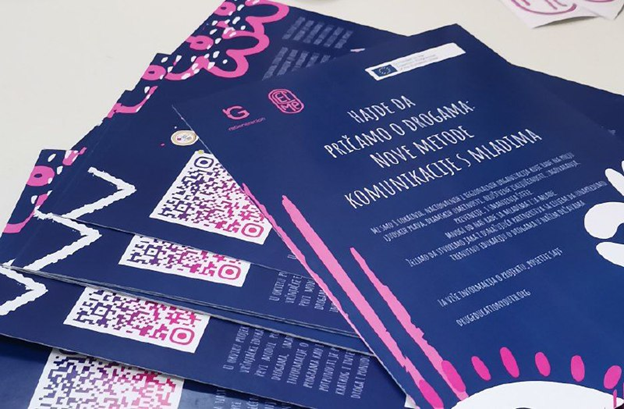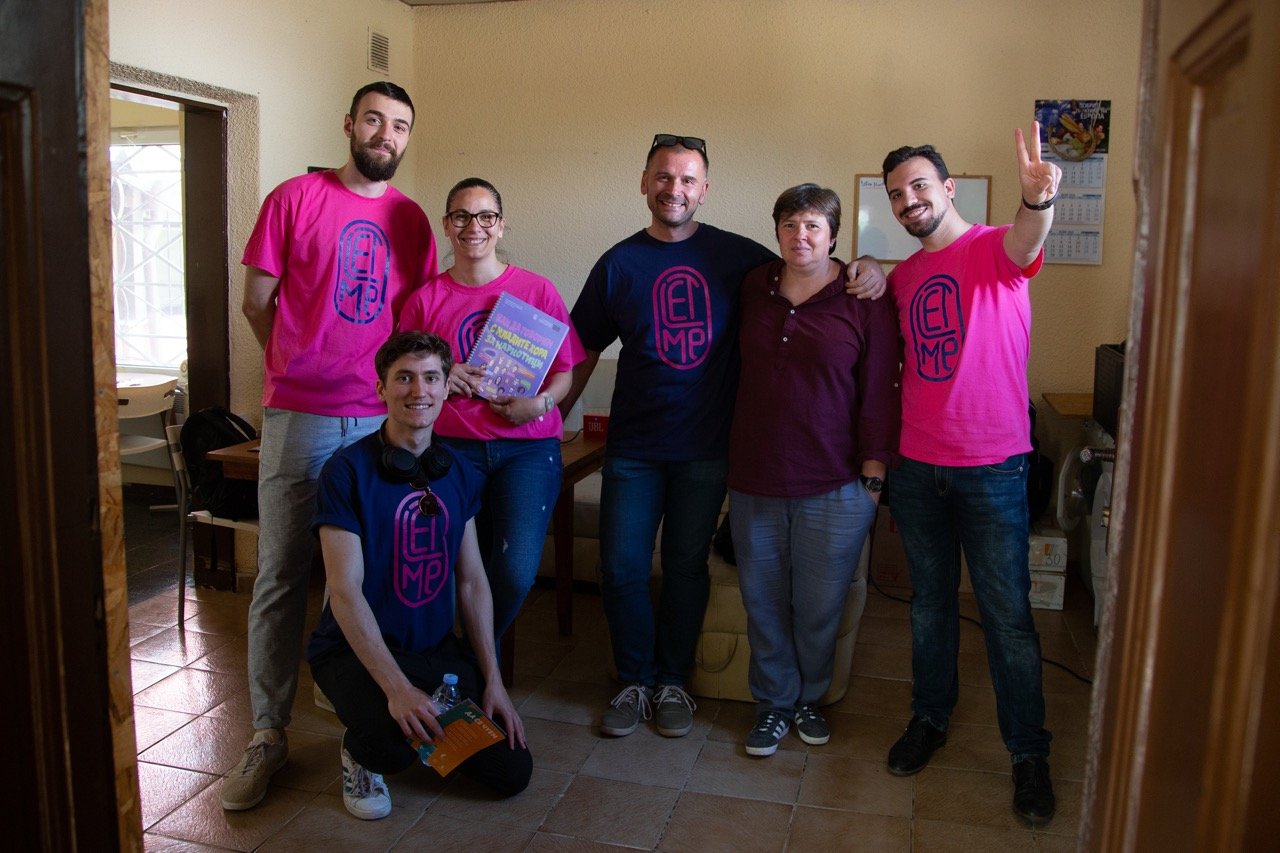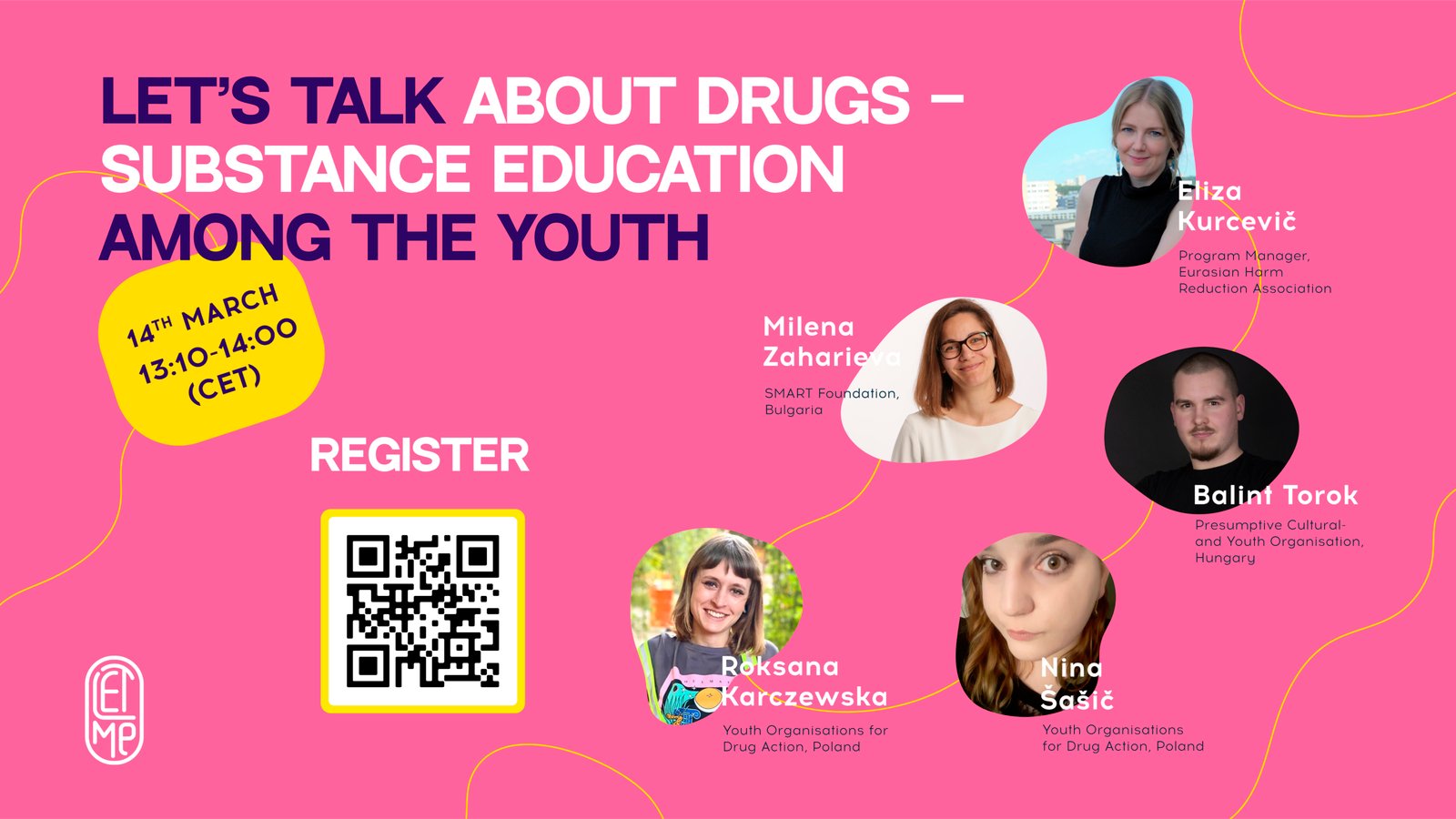Author: Mina Trajkovic, NGO Re Generation
Growing up in the southern city in Serbia was very unforgettable, for the same reasons every hometown is remembered by the nostalgic aura it has. For most of my life, I have never felt the true impact it had on my development; I was not able to comprehend the depths in which it has molded me.
The first time I came into contact with useful knowledge about drug and substance use was in my last year of middle school. The school’s student parliament, which I was a part of, had a training about the different kinds of drugs that exist. We were looking at images and were introduced to the technical side of this issue: there were a lot of percentages and graphs, and the obligatory session about the book “We Children from Zoo Station”. However, there was no real objective, nothing to work towards. We were supposed to learn the facts, but at that time, this issue still felt like a distant problem, perhaps even a fictional one. This marked my first and last contact with the education system regarding this topic.
The same practice continued through my high school. There was little to no discussion about the real world repercussions substance use really had. And to me that was fair, at least at that moment. My classmates and I were much more focused on algebra, Shakespeare’s dramas and human anatomy in our schoolwork- the “beneficial” knowledge, as we called it. However, the truly useful information was always out of our reach; sometimes by the lacklusterness of others, but more and more because of our own indifference.
Only when I came into contact with students at my University, fully out of my teenage years and a couple years into my adulthood, had I seen the presence of a gaping hole in my understanding of this topic. There were others like me, blissfully unaware of the world around us, but there were also others who have been working towards solving this issue for years now. They were dedicated to their activism and I could only feel incompetent. It is not difficult for me to imagine this being the same experience for a majority of young people in this region. How should we change the state of ignorance we have fallen into?
In the fast paced world we live in, one would imagine that the optimal way to convey knowledge is in the modern form of media outlets. That is especially true for the younger generations who are more adapted and accustomed to digital information sharing. Be it for worse or for better, everyone is more likely to use Google search than a library; formal and informal education should change accordingly.
A big change needs to happen in the education system. I would assume that not receiving enough reliable information, as well as not learning updated facts has a detrimental effect. There should be no place for this anymore, it is time for us who were affected by this process to be certain that will not continue for others in the future.
That is where NGOs and international projects come useful. They resemble a place where young people can volunteer and have hands-on experience. Through the practical aspects of these teachings, perhaps in the peer to peer education that they could have in their communities two things are achieved. Firstly, the individual that takes part in these activities is able to meet their potential in soft skills, as well as fully grasp the issue of substance use. Arguably, a more important consequence of their work and dedication to better themselves is the chance for them to transfer their findings to others. Like a domino effect, even though not every person partakes in practical education, they will learn from their classmates. This will contribute to the final and ultimate goal- to reduce the harm of substance use.
The project “LEt’s Talk about drugs – new MEthods of communication with youth” (LET ME) has that exact objective. Through the three main activities which are harm reduction, manual education and video and media content, they are planning on making a difference. Through the video outputs and media as the main platform for sharing information, a substantial amount of people will be able to come across useful data. In my humble opinion, among all youth that is targeted in the project, the target audience should be focused more on adolescents. They are more likely to find themselves in situations with a lot of peer pressure and who are expected to have the least amount of understanding in this field.
Secondly, through what I imagine being the most important variable out of all three is the manual on peer or informal education. Odds are that everyone will remember more clearly the presentations of their classmates for school work, rather than the teacher’s daily lecture. It happens rarely, therefore making it interesting, as well as lifting the tonal disparity between the lecturer and the class, because they are one and the same. In that same way, peer to peer contact will have a greater impact on the long term results.
Lastly, the first two activities combined can make a difference in the minimising overall harm related to substance use. We can only expect to see change through theoretical and practical learning happening at the same time, where Multiplier events come in the picture, offering learning exchange multiplies in order to expand theory to practice in each partner country.
The number of communities that are negatively affected by the harmful drug policies and not adequate drug education is high, coming with a financial deficit, high crime rates and lost potential for many. Societies that faced this problem have been taking different approaches through time. Now, we came to a point that our civilisation is on the brink of a new era of communication for quite some time. So, if humans were able to adjust to this millennium’s standards of living, so should the way we teach our youth.
Read more about drug education in Serbia and in other countries in the Drug Education Assessment Report: https://drugeducationyouth.org/drug-education-assessment-report/







